Punk Fashion Guide: From 70s Origins to Modern Street Style
BY BoringMonday
March 20, 2025
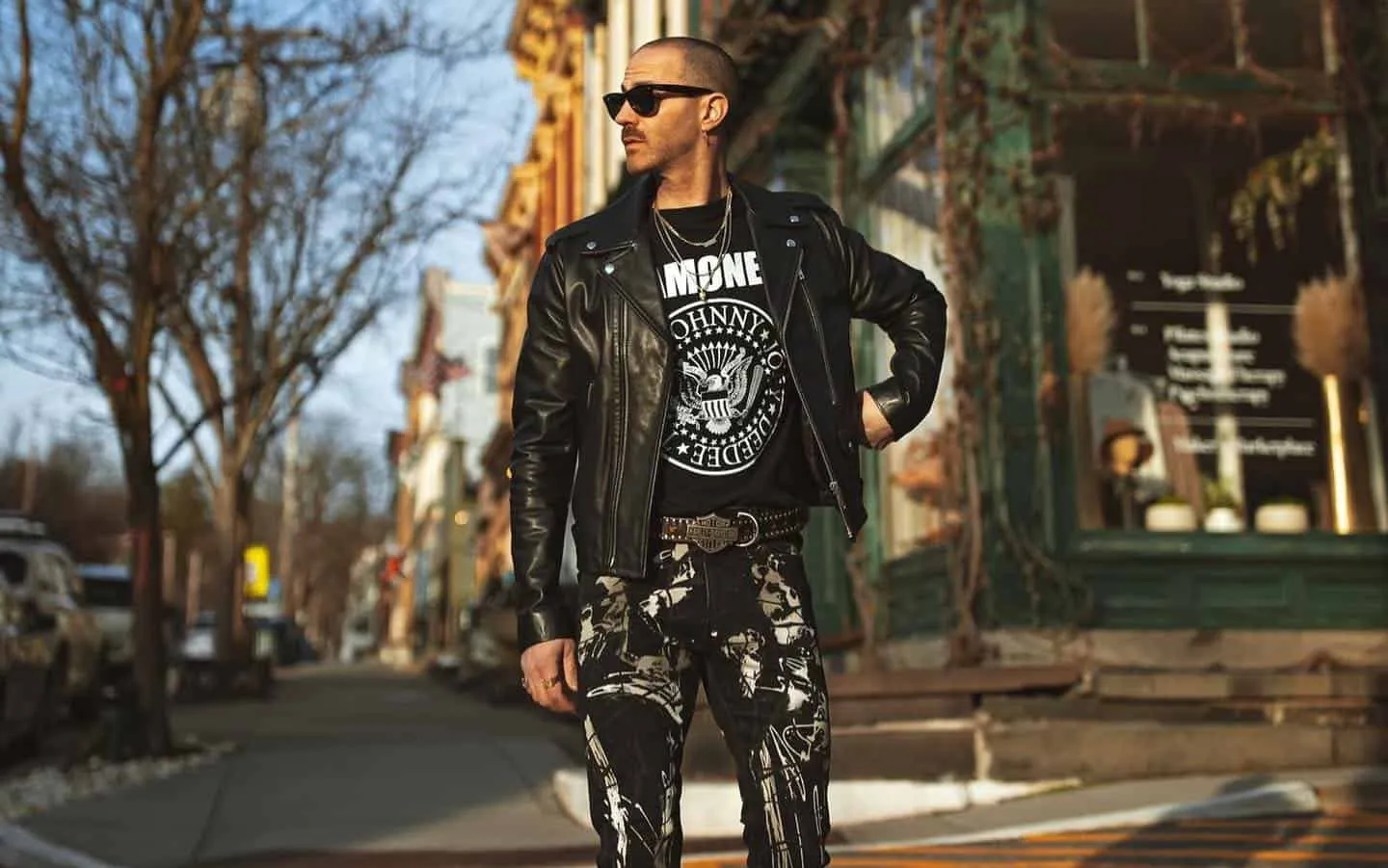
Punk fashion emerged as a powerful visual statement of rebellion in the 1970s and has continued to evolve while maintaining its countercultural core. What began as an anti-establishment movement has influenced high fashion runways, street style, and even mainstreams trends. This comprehensive guide explores punk fashion’s journey from its gritty beginnings to its contemporary interpretations.
The Birth of Punk Fashion: The 1970s Revolution
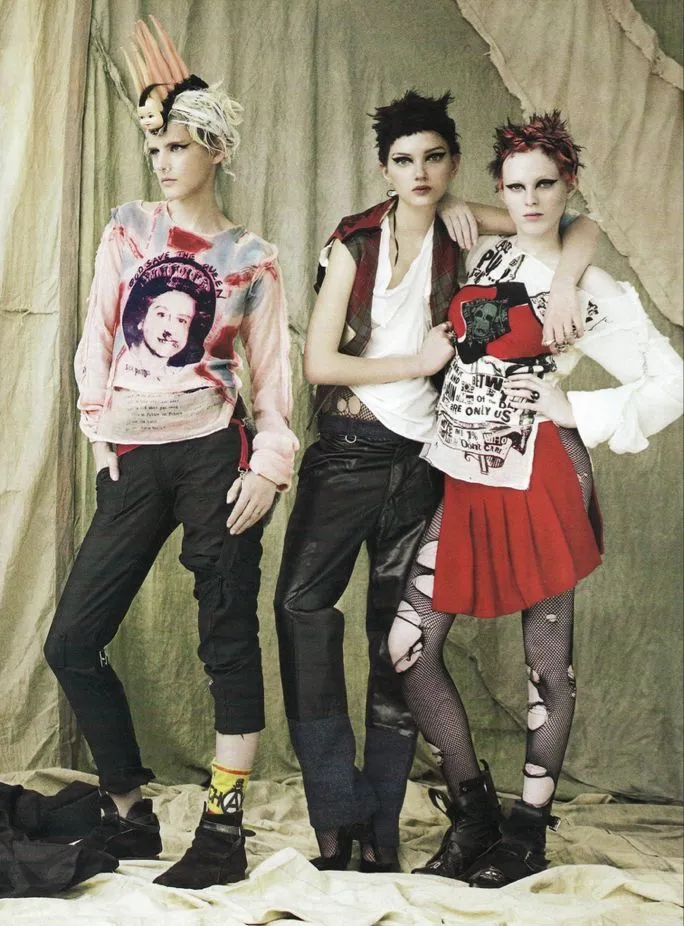
The punk movement exploded onto the scene in the mid-1970s, primarily in London and New York, as a reaction against the excesses of mainstream culture and the perceived failure of the hippie movement. Fashion became a powerful tool of self-expression and defiance.
Malcolm McLaren and Vivienne Westwood designs featured deliberately provocative elements: ripped clothing, safety pins, offensive slogans, and imagery that shocked conservative sensibilities. The aesthetic was intentionally anti-fashion, rejecting consumer culture while paradoxically creating a distinctive style.
Early punk fashion drew inspiration from working-class aesthetics, featuring:
Leather jackets covered in studs, patches, and paint
Torn and safety-pinned clothing
Tartan patterns and bondage pants
Band t-shirts, often handmade or customized
Heavy Dr. Martens boots or Converse sneakers
Deliberately destructive modifications to conventional clothing
The DIY (do it yourself) ethos was central to punk fashion, anyone could participate regardless of skill or budget. This accessibility made punk fashion simultaneously a rejection of and an alternative to mainstream fashion systems.
1980s Evolution: Post-Punk and New Wave Influences
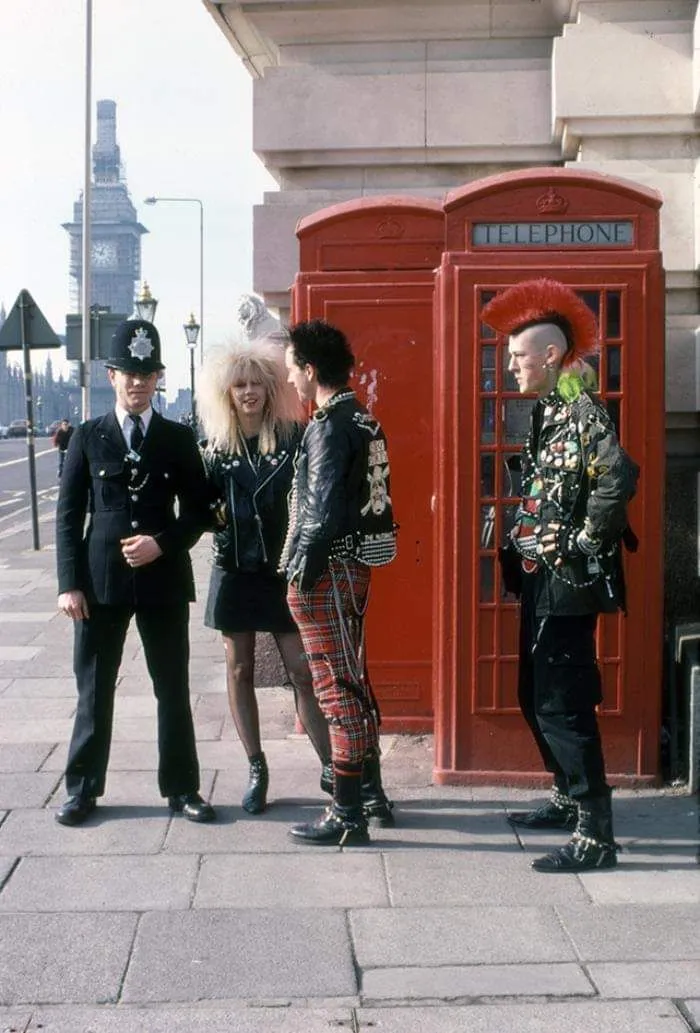
As punk evolved into the 1980s, its fashion splintered into various subgenres. Post-punk and new wave artists embraced more experimental and artistic approaches while maintaining punk's rebellious spirit.
Gothic punk emerged with a darker aesthetic featuring:
Black clothing and dramatic silhouettes
Victorian-inspired elements
Heavy, dramatic makeup
Silver jewelry with occult symbols
Hardcore punk scenes, especially in America, often adopted a more stripped-down look with:
Plain jeans and t-shirts
Shaved or very short hair
Minimal adornment beyond band patches
A focus on functionality for aggressive dancing at shows
The 1980s als saw punk aesthetics begin to influence high fashion, with designers like Jean Paul Gaultier and Rei Kawakubo incorporating punk elements into their collections.
The 1990s: Punk Goes Mainstream
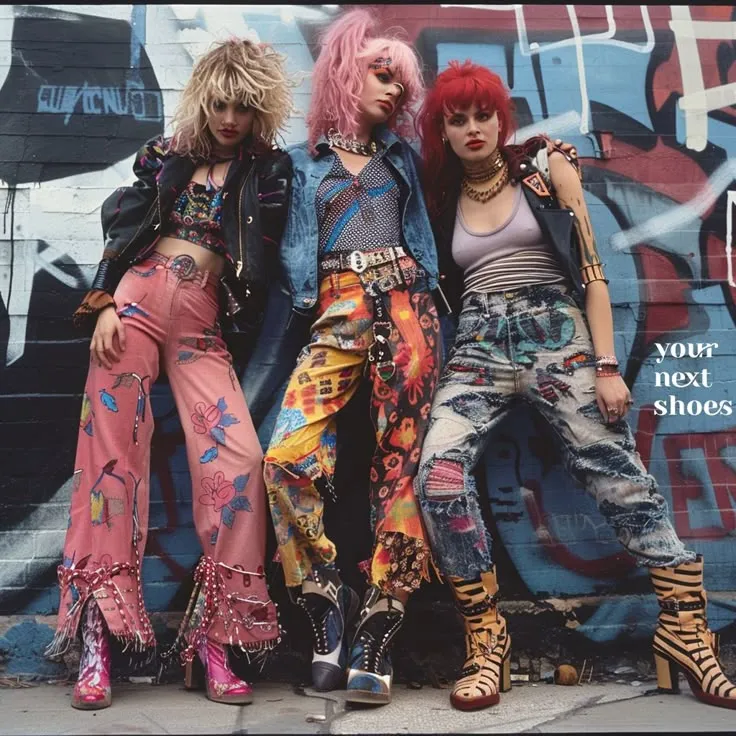
The 1990s brought punk fashion to wider audiences through grunge and pop-punk. Kurt Cobain's thrift-store flannel shirts, ripped jeans, and disheveled appearance represented a new kind of anti-fashion statement that borrowed heavily from punk's visual vocabulary but stripped away some of its more confrontational elements.
Meanwhile, pop-punk bands like Green Day and The Offspring introduced watered-down versions of punk style to suburban teenagers. Mall stores began selling pre-ripped jeans and mass-produced band t-shirts, allowing young people to adopt punk aesthetics without fully embracing the movement's political ideologies.
This era highlighted punk fashion's ongoing tension between authentic self-expression and commercial co-option.
Y2K and Beyond: Digital Punk Aesthetics
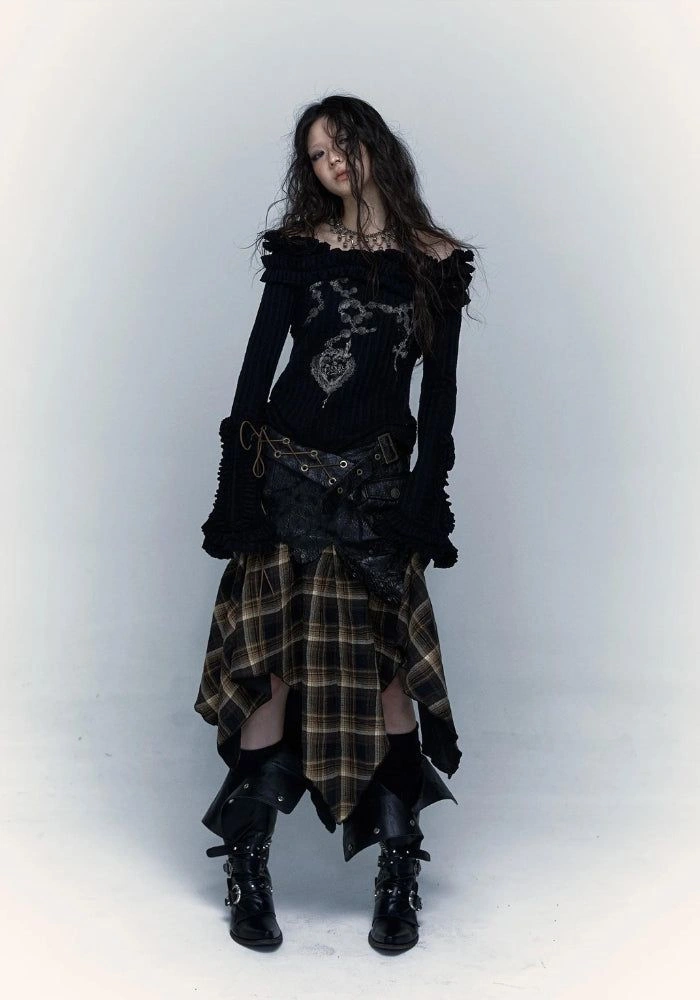
The early 2000s saw punk fashion further fragment and hybridize. The rise of pop-punk bands like Green Day and Blink-182 brought punk aesthetics t a new generation. Emo and scene subcultures incorporated punk elements along with:
Skinny jeans and studded belts
Side-swept, often dyed-black hair
Chuck Taylor sneakers
Band merchandise as identity signifiers
Digital platforms eventually transformed how punk fashion was discovered and shared. Social media created new avenues for punk fashion communities to connect beyond geographical limitations, leading to more diverse interpretations and global participation.
Contemporary Punk Fashion: Modern Street Style
Today's punk fashion continues to evolve while maintaining connections to its rebellious roots. Punk fashion is a fusion of its historical roots and contemporary influences. Modern punk enthusiasts often mix vintage pieces with current tends, create unique looks that pay homage to the past while embracing the present. Modern punk street style often features:
Vintage and sustainable fashion choices, aligning with anti-consumerist values
Intersections with other subcultures like skateboarding and streetwear
Political messaging addressing contemporary issues
Gender-fluid expressions that challenge binary fashion norms
DIY elements combined with carefully selected designer pieces
High-Fashion designers regularly reference punk aesthetics, from Alexander McQueen’s confrontational runway shows to Comme des Garçons' deconstructed garments. The 2013 Met Gala theme "Punk: Chaos to Couture" cemented punk's place in fashion history while raising questions about whether true punk fashion can exist within such elite institutions.
Creating Your Punk-Inspired Look
Authentic punk fashion is about personal expression rather than following rules. However, if you're looking to incorporate punk elements into your wardrobe:
Start with basics: A well-worn leather or denim jacket provides the perfect canvas for personalization.
Make it personal: Add patches, pins, or paint that reflect your interests and values.
Mix unexpected elements: Combine traditionally feminine pieces with rougher textures, or pair vintage finds with modern accessories.
Embrace imperfection: Distressed elements and asymmetry are hallmarks of punk style.
Consider sustainability: Thrifting, upcycling, and buying second-hand align with punk's anti-consumerist values.
The Enduring Legacy of Punk Fashion
What makes punk fashion continuously relevant is its adaptability and its status as a visual language of resistance. While the specific targets of its rebellion may change, punk fashion remains a powerful tool for questioning societal norms and expressing individual identity.
The true spirit of punk fashion isn't about perfectly recreating looks from the 1970s, but rather about embracing its core values: creativity, authenticity, and the courage to challenge conventions. Whether expressed through a subtle safety pin accessory or a full mohawk and studded leather ensemble, punk fashion continues to offer a visual vocabulary for those who wish to stand apart from mainstream culture while connecting with a rich tradition of stylistic rebellion.
As fashion cycles accelerate and subcultures become increasingly fluid, punk's influence remains unmistakable in the wardrobes of those seeking to make a statement through their personal style, proving that true punk fashion is less about specific garments and more about the attitude with which they’re worn.
So, grab that leather jacket, lace up your combat boots, and unleash your inner punk!
Topics :
Style Meets Substance
Find pieces that move with you. Every article has a story — now wear one that speaks yours.

Recommendation Lifestyles
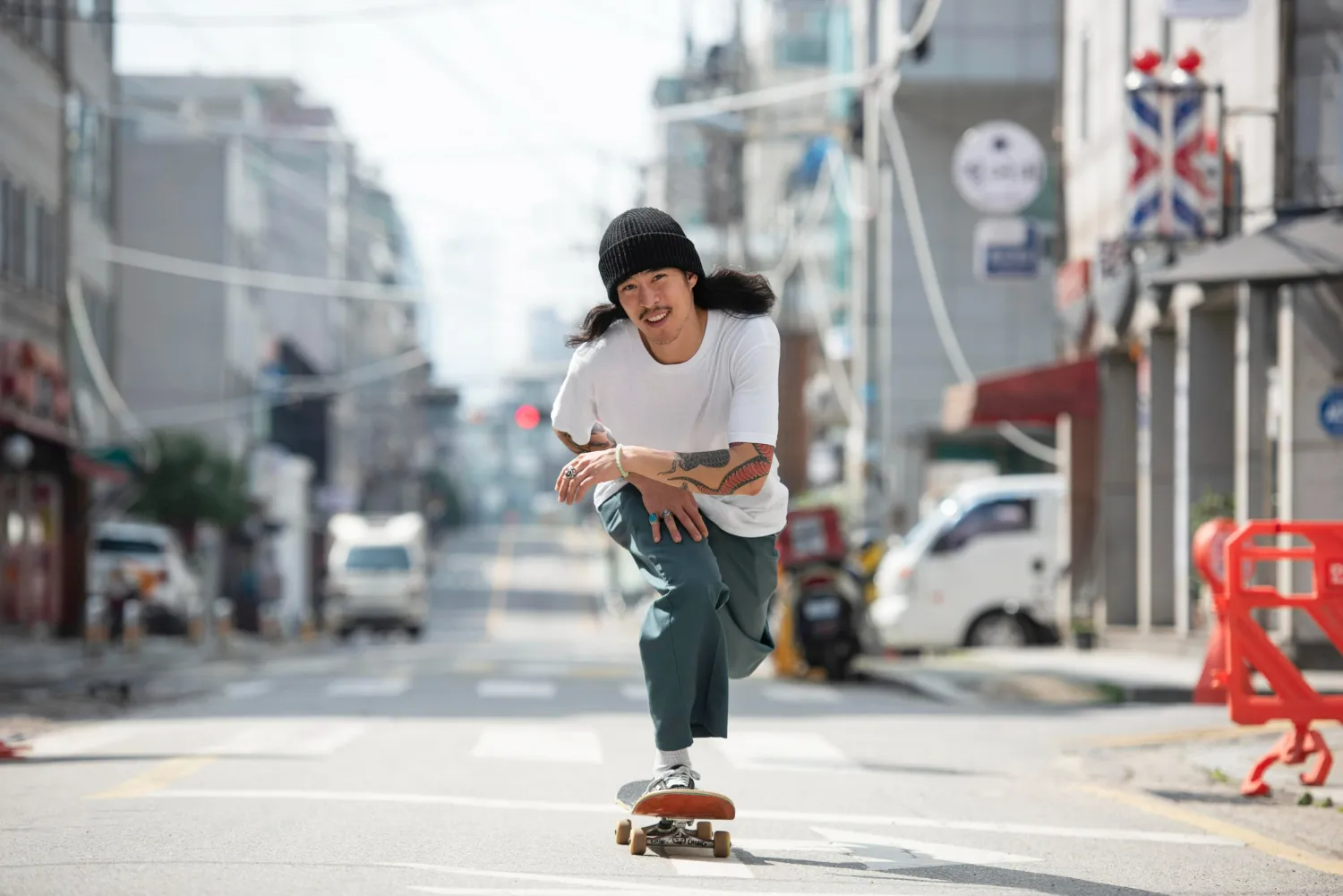
Lifestyles
Inside Korean Streetwear: Culture, Brands, and Street Identity
July 18, 2025
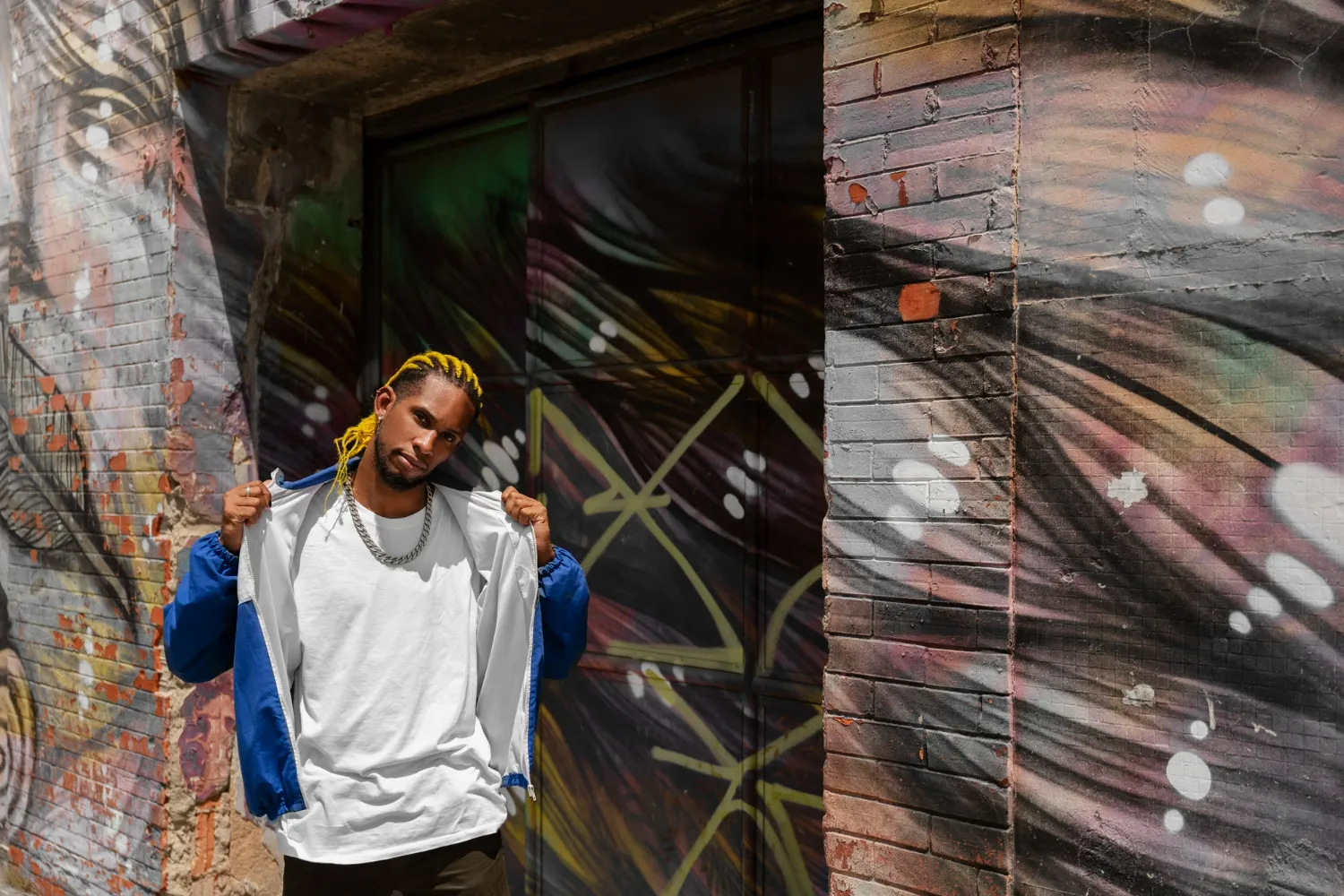
Lifestyles
Berlin Streetwear: From Gritty Minimalism to Global Cool
July 25, 2025
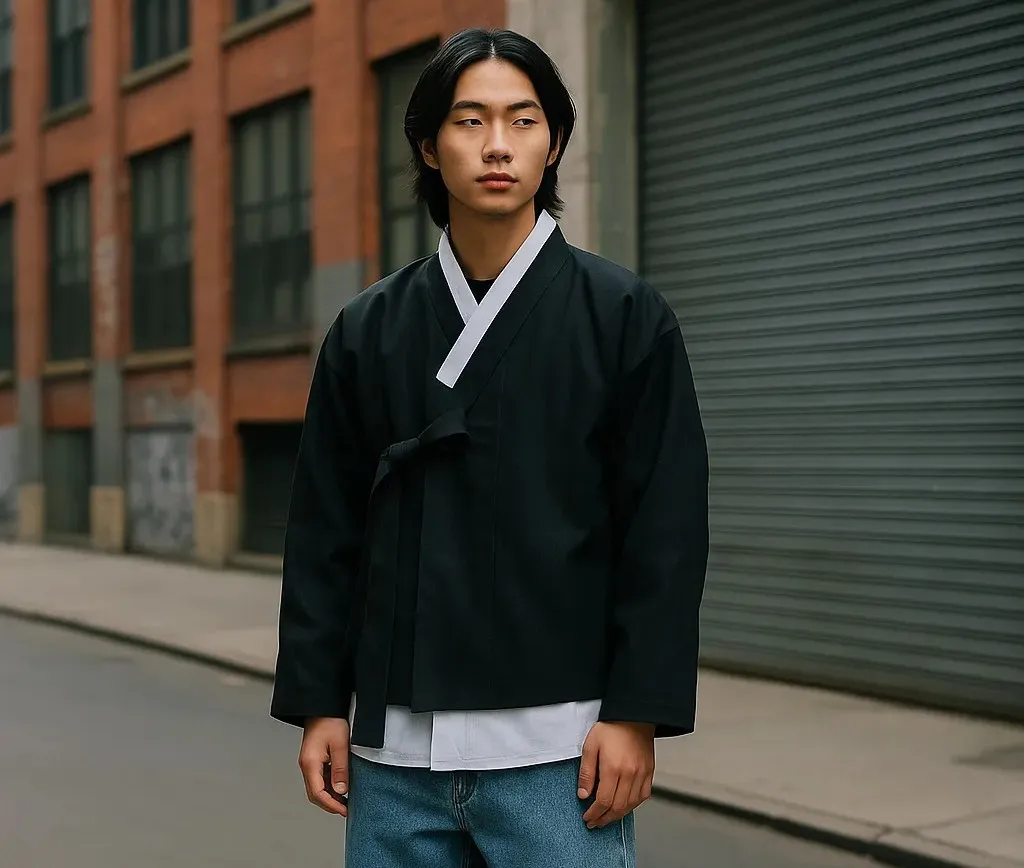
Lifestyles
Hanbok Streetwear: Where Tradition Meets Urban Cool
July 22, 2025
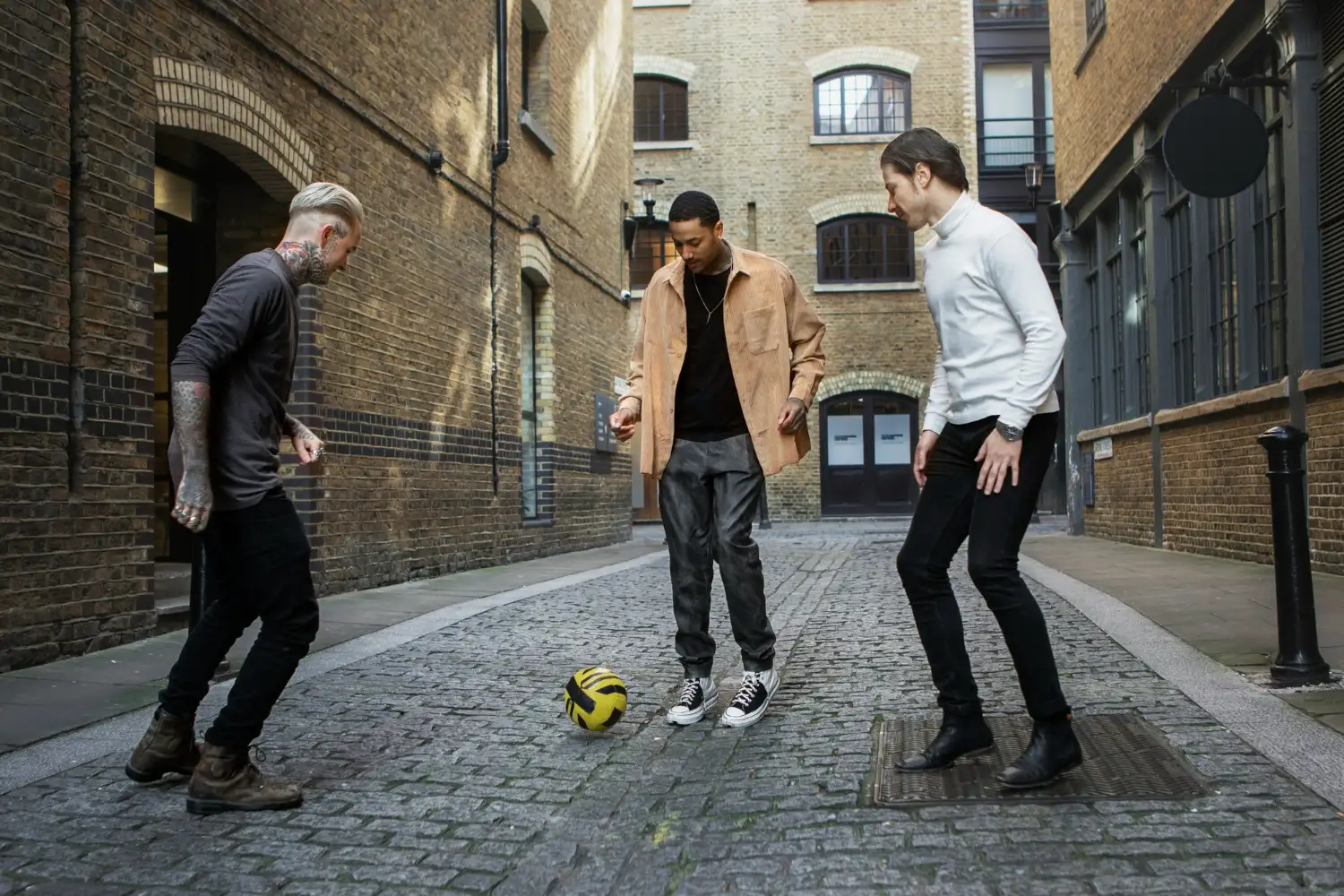
Lifestyles
Streetwear Soccer Jersey Fashion: From Pitch to Pavement
July 18, 2025